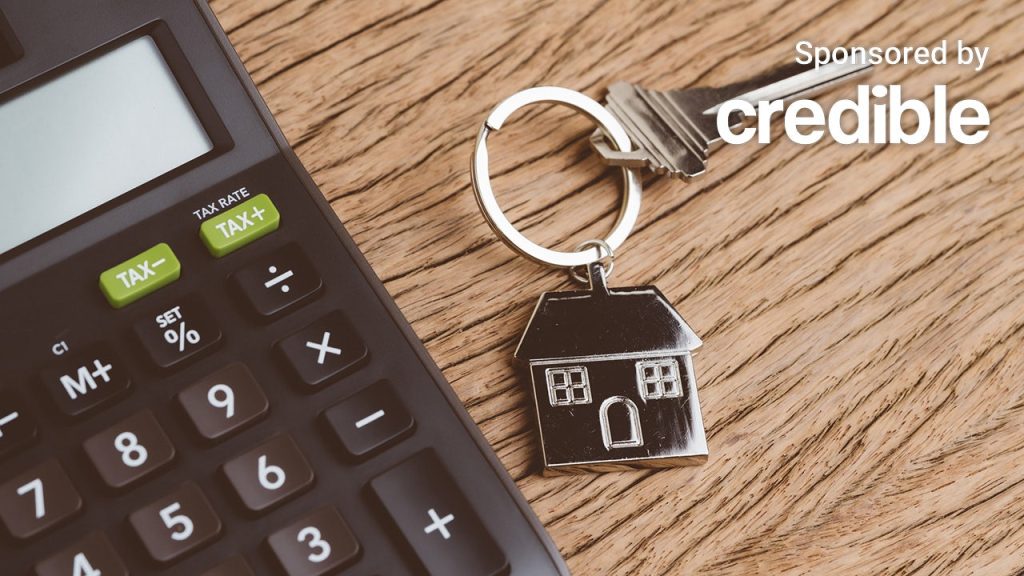Mortgage payments are up from a year ago but haven’t quite crossed the threshold many mortgage experts recommend that homeowners stick to.
It’s often recommended homeowners don’t spend more than 30% of their income on housing costs. Currently, the average monthly mortgage payment for single-family homes typically requires 24.2% of a buyer’s income, in the three months through March, Realtor.com reported. This is down slightly from last quarter, but up more than 23% from last year.
The average monthly payment that Americans face on a mortgage with a 20% down payment was $2,037, the National Association of Realtors said in its report. This meant that payments increased by about $173 from last year.
“We know that families are spending more to buy a home in today’s market compared with one year ago and broader historic norms,” Realtor.com Chief Economist Danielle Hale said. “As both home prices and mortgage rates have climbed, families have to choose between not buying, buying and downgrading their must-have list, or buying and putting more of their paycheck toward the purchase.”
First-time buyers, many of whom pay less than 20% down, tend to have higher monthly payments and spend more of their income on their mortgage. These buyers spent 36.5% of their household income on mortgage payments, Realtor.com’s report found.
Most major cities have experienced rapid increases in home prices, making it impossible for many buyers to afford a home. Nearly 68% of the 50 largest U.S. metros require homebuyers to have an income of at least $100,000 or more to afford the average priced home, Realtor.com’s housing report for April said.
“Astonishingly, greater than 90% of the country’s metro areas experienced home price growth despite facing the highest mortgage rates in two decades,” Lawrence Yun, the NAR’s chief economist, said.
“In the current market, rising prices are the direct result of insufficient housing supply not meeting the full demand,” Yun further explained.
Considering buying a house in today’s market? Make sure you have the lowest interest rates available to you. Head to Credible to compare lenders and rates in minutes.
NEARLY HALF OF ALL HOMEOWNERS CONCERNED WEATHER-RELATED EVENTS WILL RAISE THEIR HOMEOWNERS INSURANCE RATES
Home prices have hit an all-time high
Mortgage payments are up for numerous reasons, one being historically high home prices. Sellers are listing their homes for more than they’re worth, a custom picked up during the pandemic housing boom.
The median home price is now $434,000, up 6% year-over-year, according to Redfin. Fewer listings are causing prices to skyrocket, as buyers scramble to buy. Listings are still about 20% lower than before the pandemic, but increased 1.7% in April.
“It’s not all bad news for homebuyers. Mortgage rates are already inching lower in response to this week’s inflation report, which signaled that the Fed may cut interest rates this summer — a possibility that just weeks ago many thought was off the table, ” Redfin Economics Research Lead Chen Zhao said.
Homes may start out high when they’re on the market, but some sellers in certain areas of the country are forced to slash prices as their homes sit unsold. In April, 17.6% of homes for sale had a price cut, Redfin found.
“In certain parts of the country, buyers also have room to negotiate as homes linger on the market, prompting sellers to slash their asking prices and provide concessions,” explained Zhao.
Popular markets aren’t experiencing the same effect, however. In San Jose, three of four homes that sold in April sold for more than the original asking price. In Rochester, NY, 72.8% of homes sold for more than their asking price.
A site like Credible can let you view multiple mortgage lenders and provide you with personalized rates fast, all without impacting your credit.
THERE ARE NOW 550 US CITIES WHERE THE TYPICAL HOME VALUE IS $1 MILLION OR MORE
Mortgage delinquencies are up
Due to rising home prices, inflation and interest rates, mortgage delinquencies are rising. Mortgage loan delinquencies increased to 3.94% at the end of the first quarter, according to the Mortgage Bankers Association’s (MBA) National Delinquency Survey.
The delinquency rate includes home loans that are at least one payment past due but doesn’t include those in foreclosure. Currently, the rate is up six basis points from the fourth quarter of 2023 and up a staggering 38 basis points compared to last year.
“Overall mortgage delinquencies increased slightly in the first quarter of 2024, but not across all three of the major loan types. Delinquencies declined for FHA loans, were relatively flat for conventional loans, and increased for VA loans,” Marina Walsh, CMB, the MBA’s vice president of industry analysis, explained.
“Notably, all three loan types saw an increase in delinquencies compared to one year ago. Higher unemployment, lower personal savings, increases in property taxes and insurance, and a run-up in credit card debt and delinquency contributed to conditions that would make it tougher for some homeowners to make their mortgage payments,” Walsh said.
Perspective homebuyers who want to see what kind of loan term and rates would work for them can take advantage of Credible’s free online tools.
MORE THAN A THIRD OF GEN Z, MILLENNIALS SEEK HELP FROM THEIR PARENTS TO AFFORD A HOUSE DOWN PAYMENT
Have a finance-related question, but don’t know who to ask? Email The Credible Money Expert at [email protected] and your question might be answered by Credible in our Money Expert column.
Read the full article here





